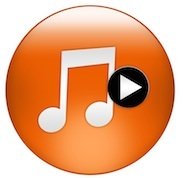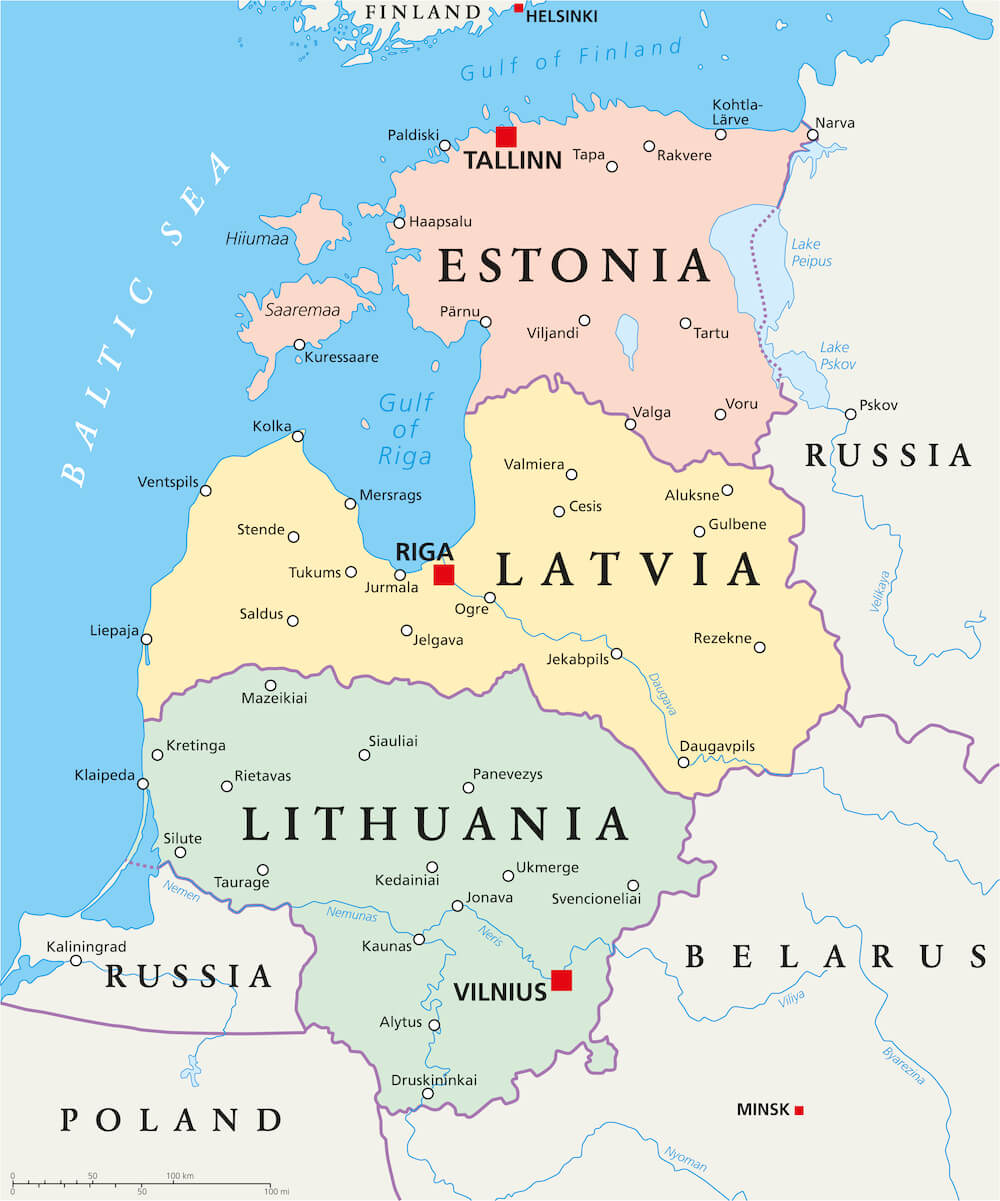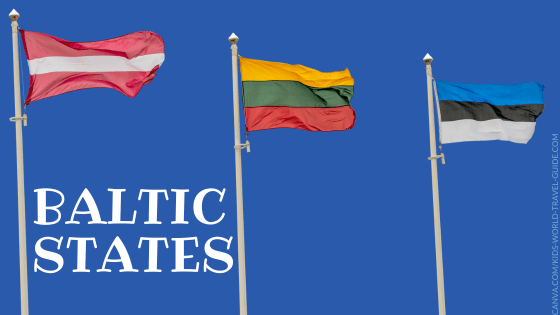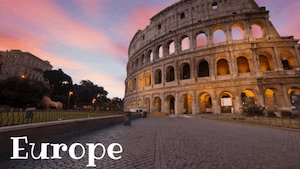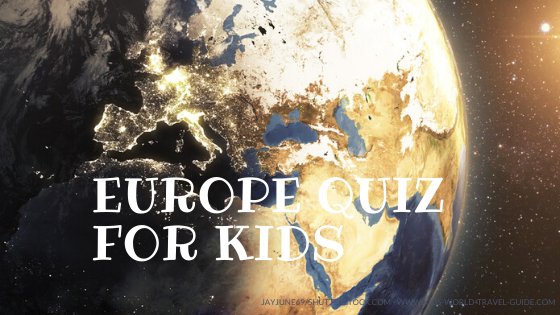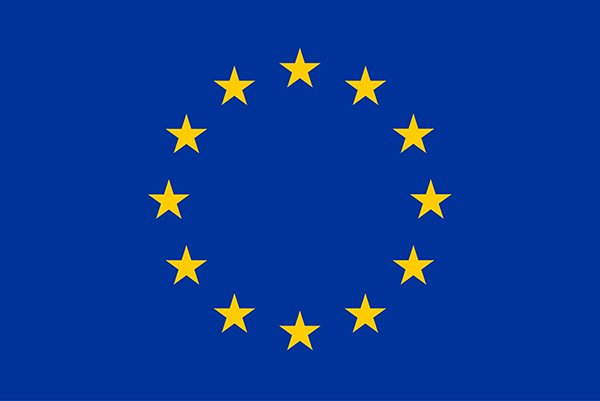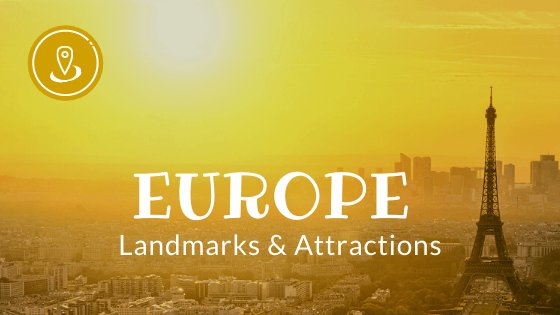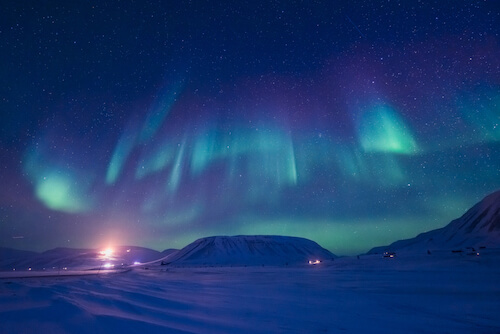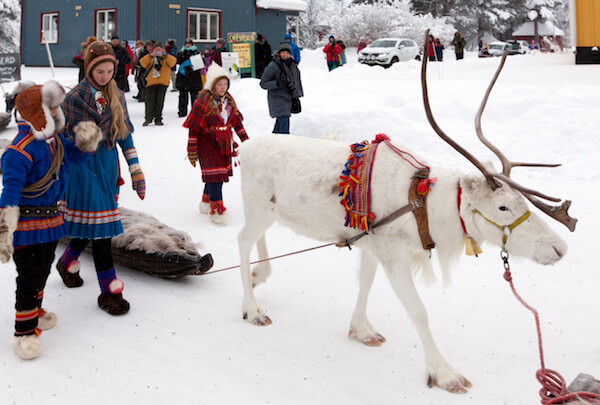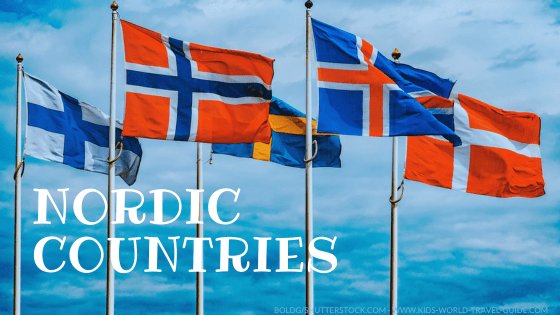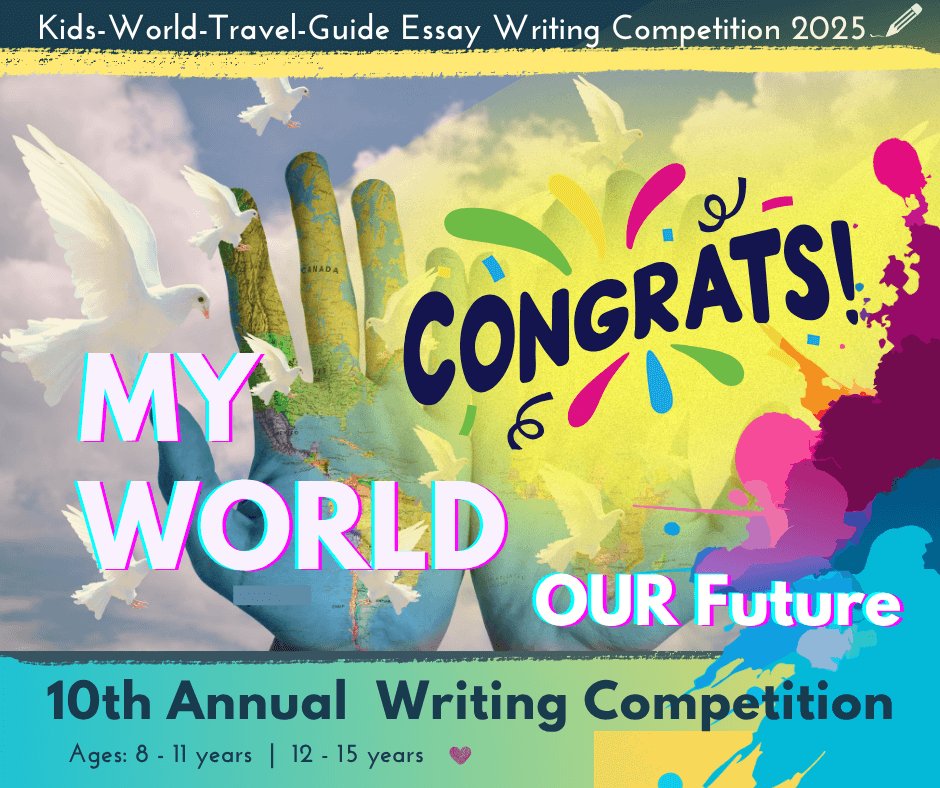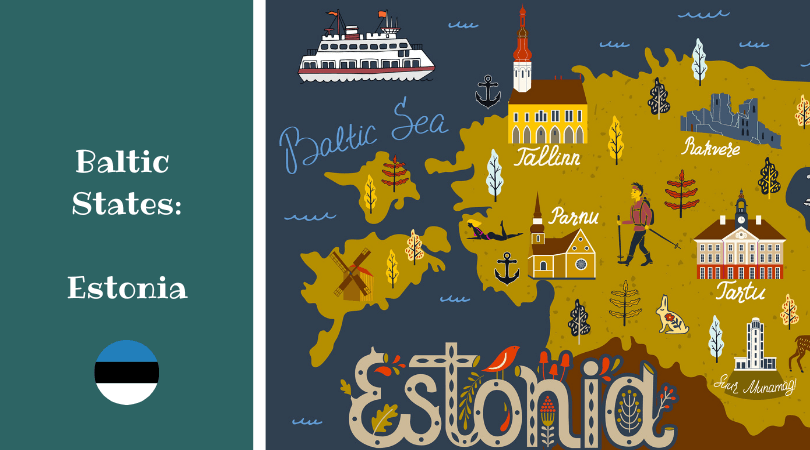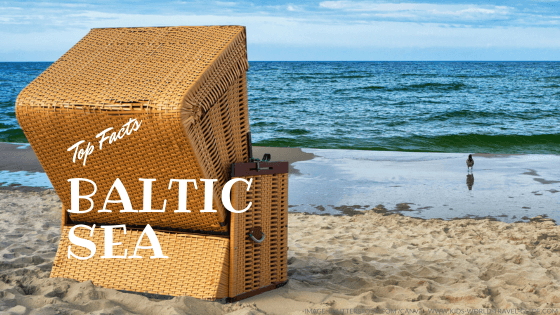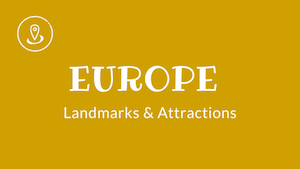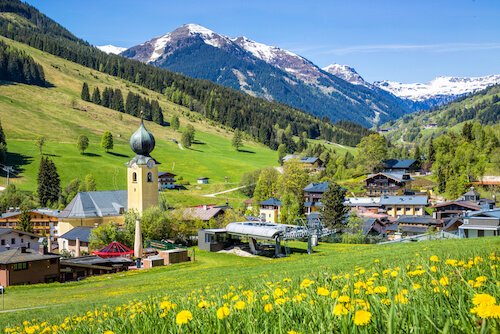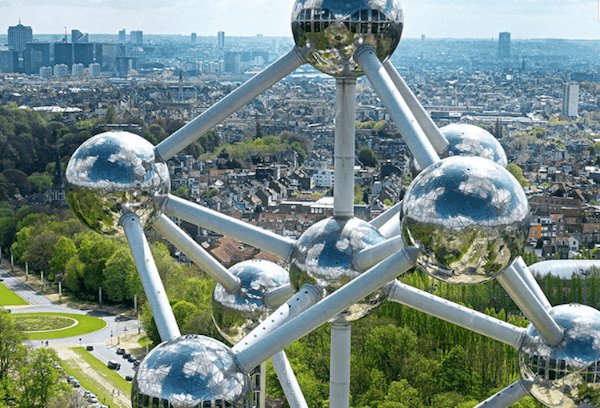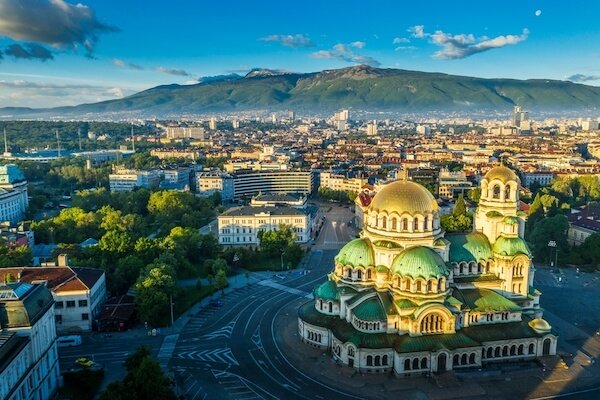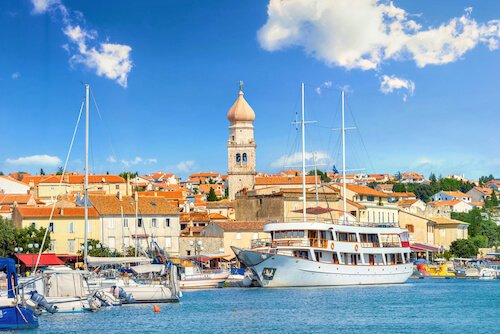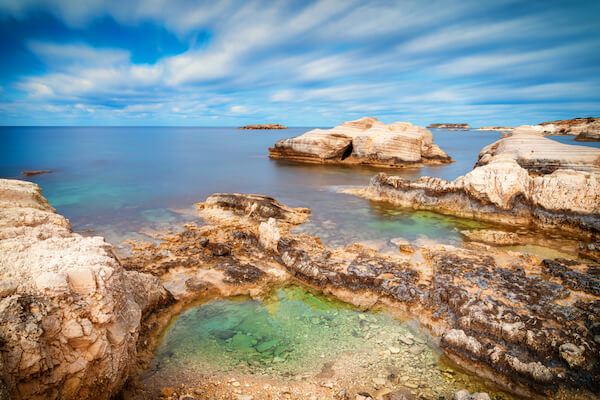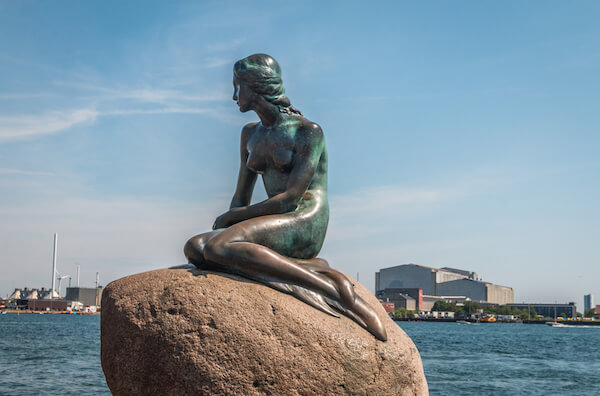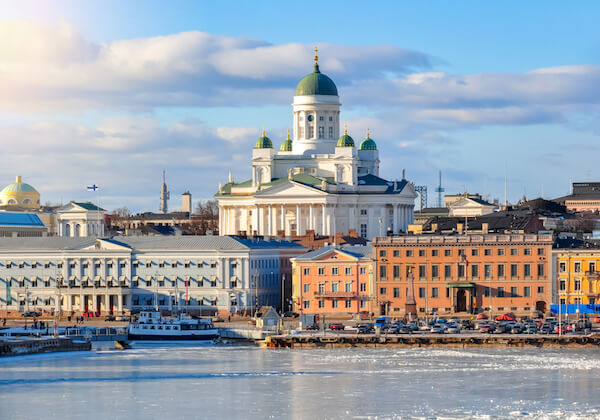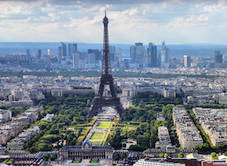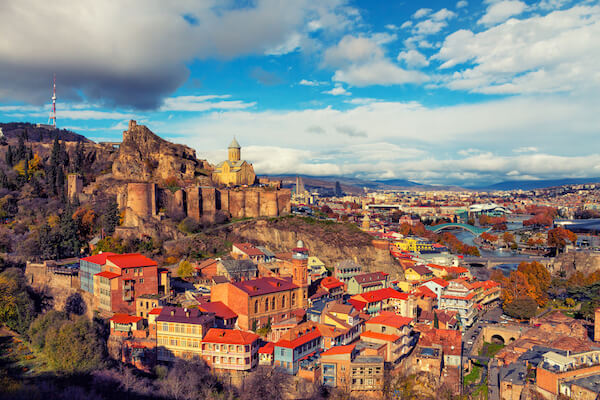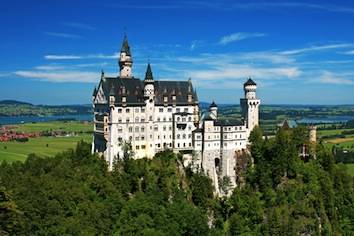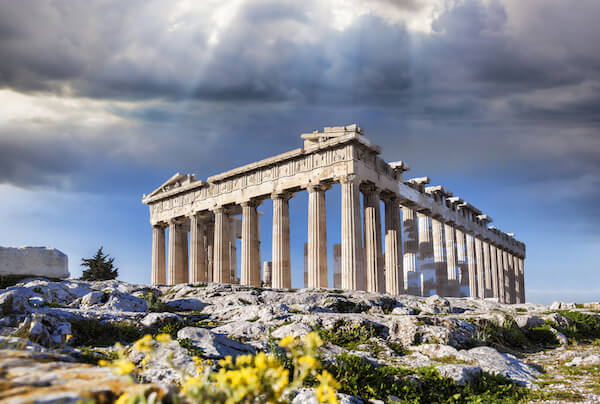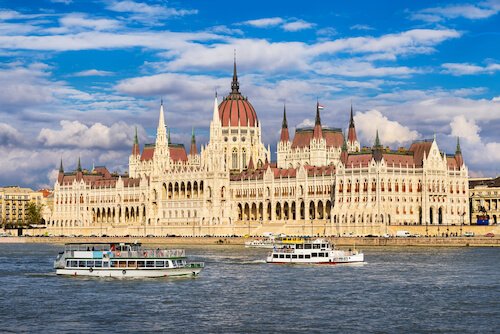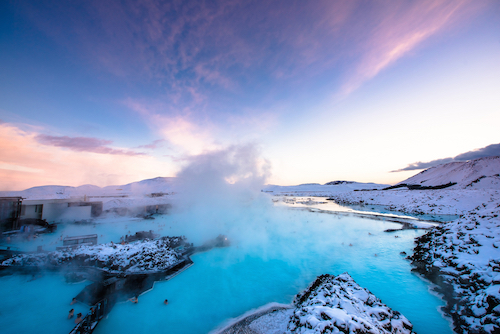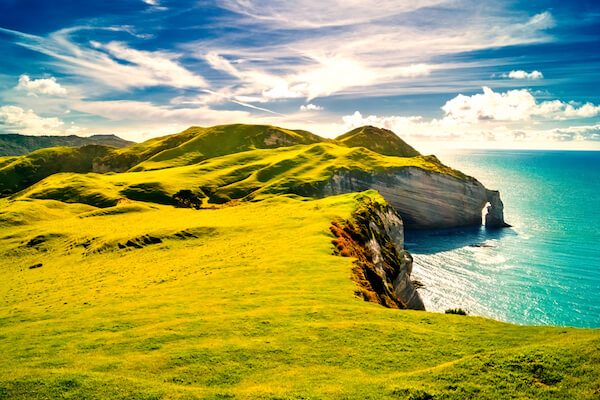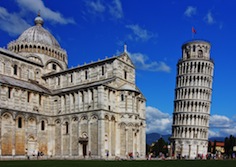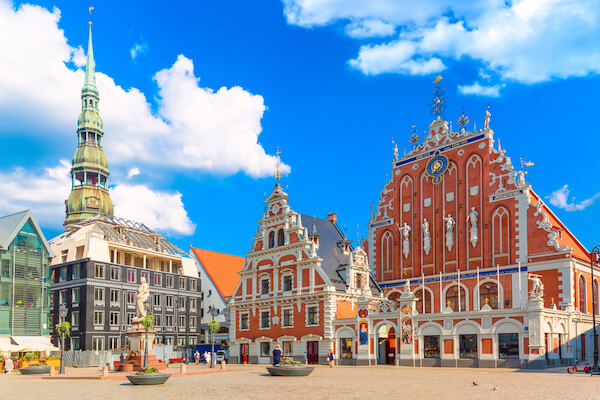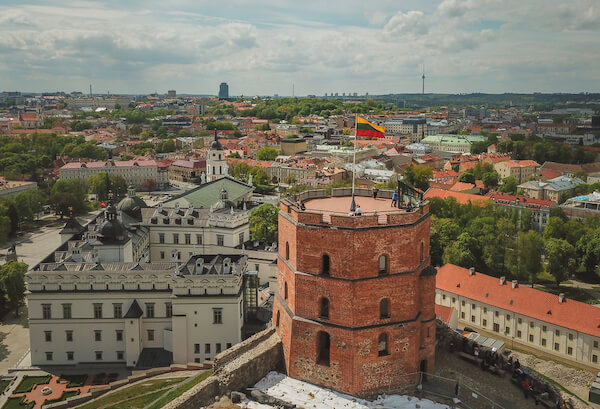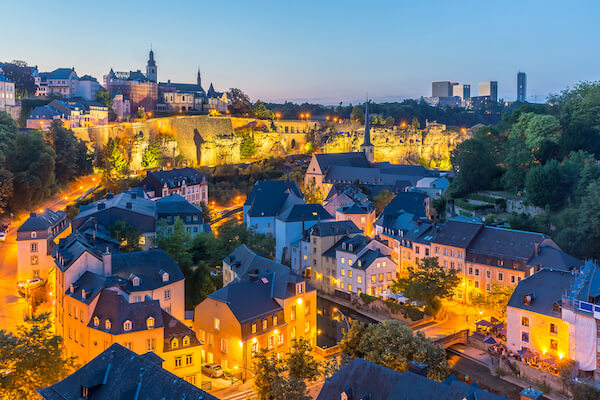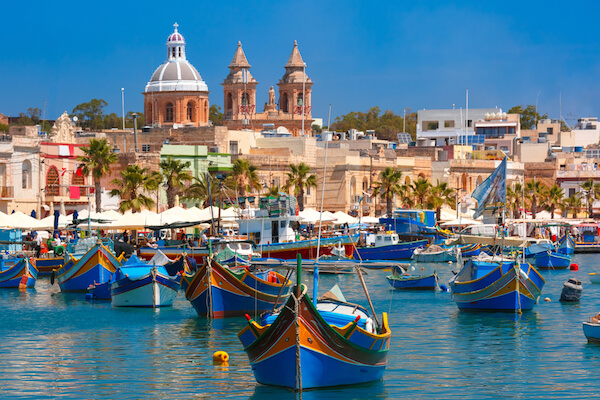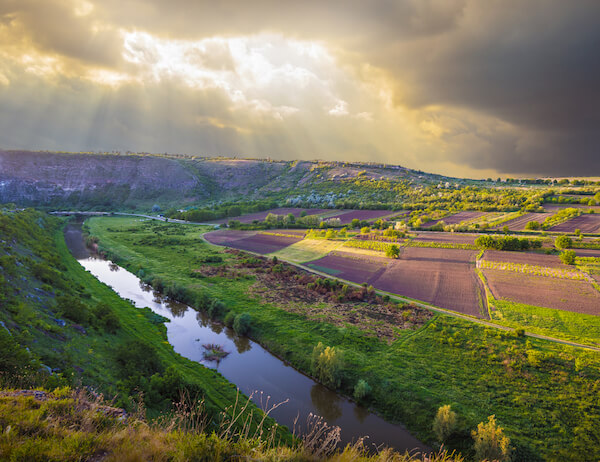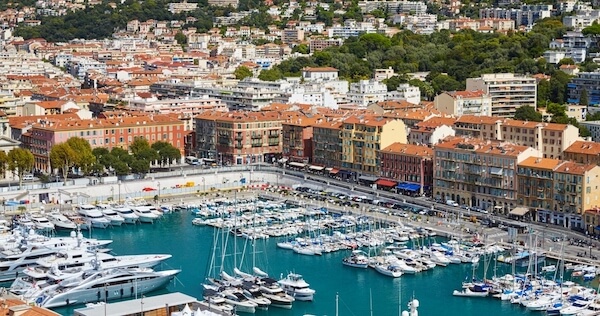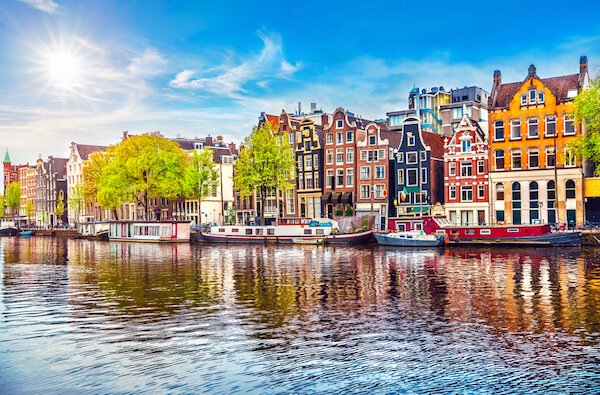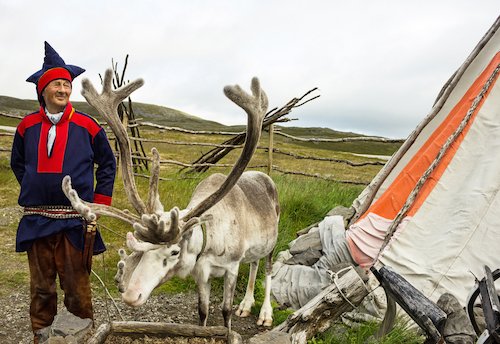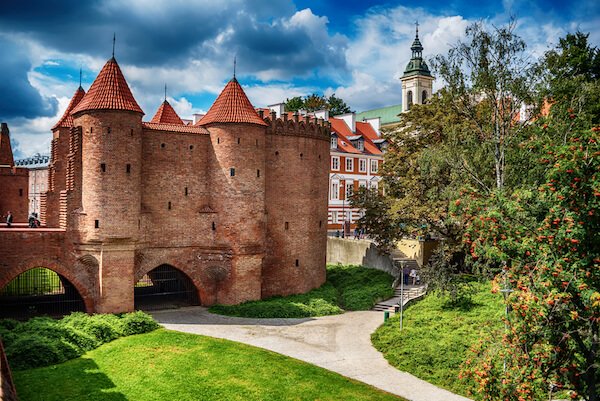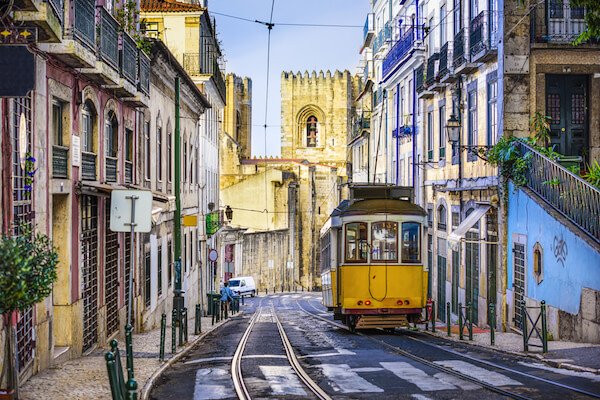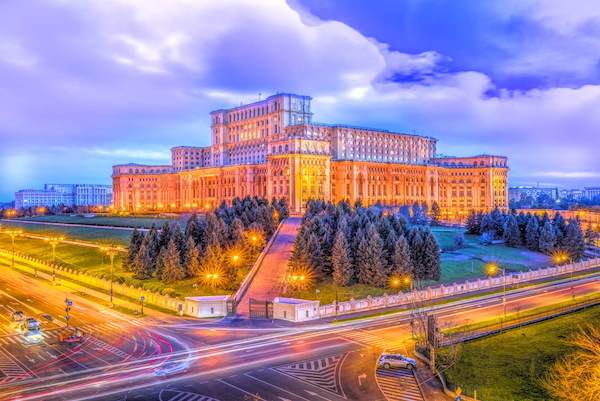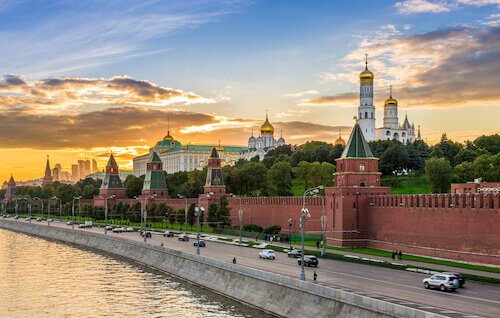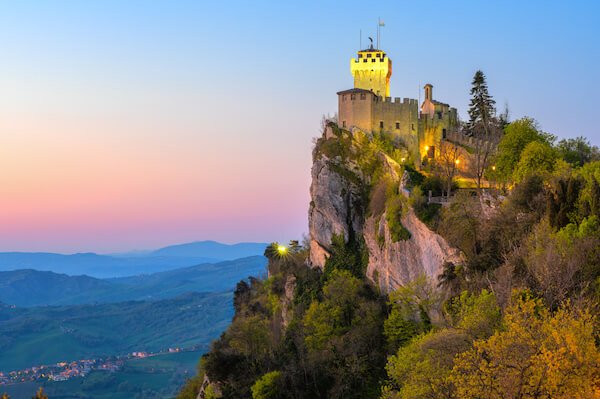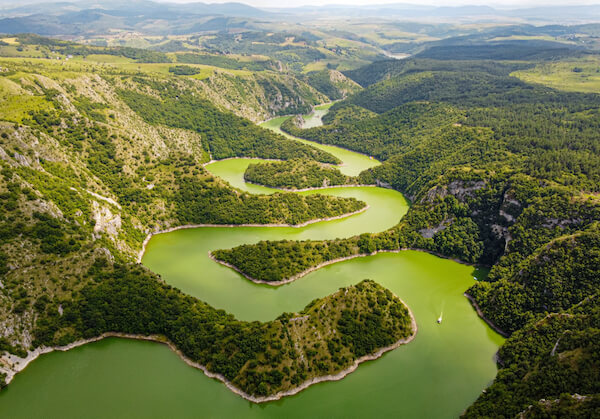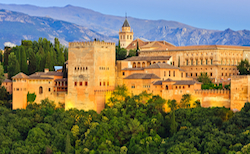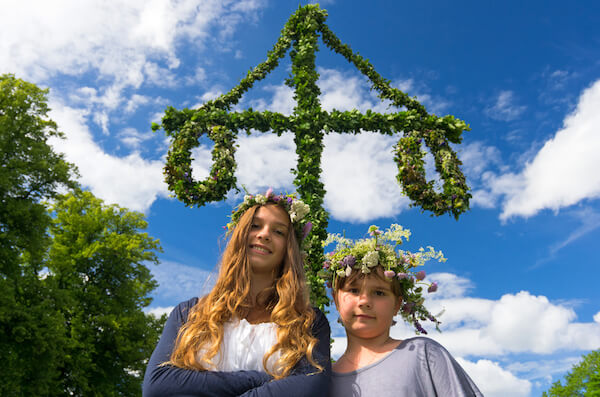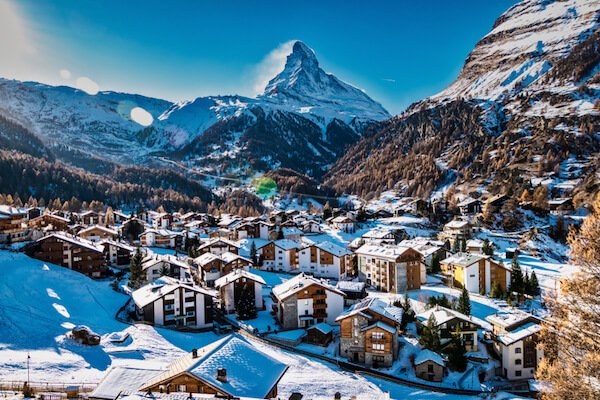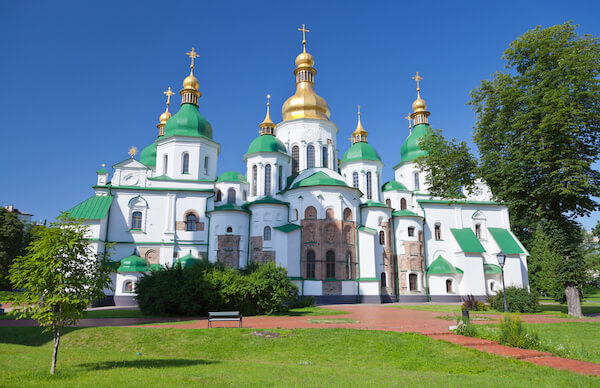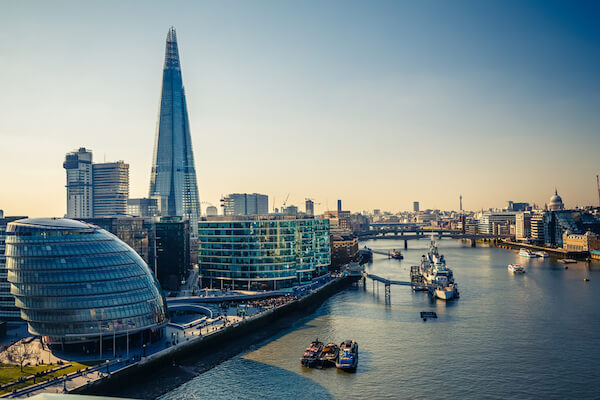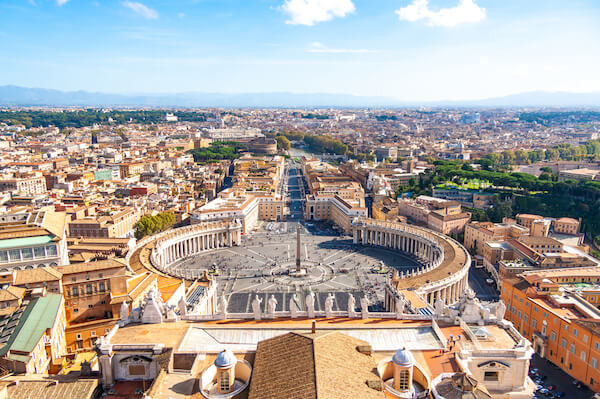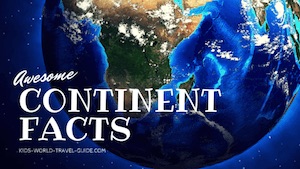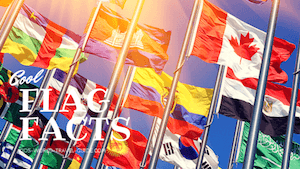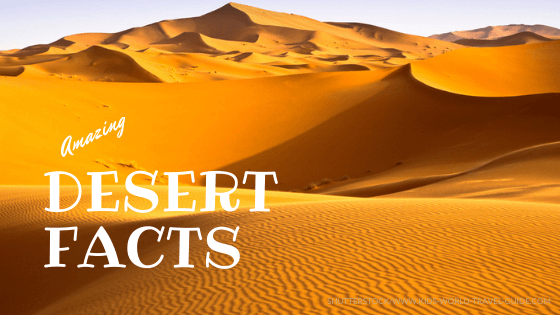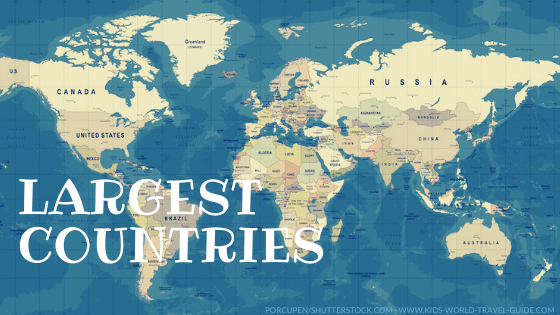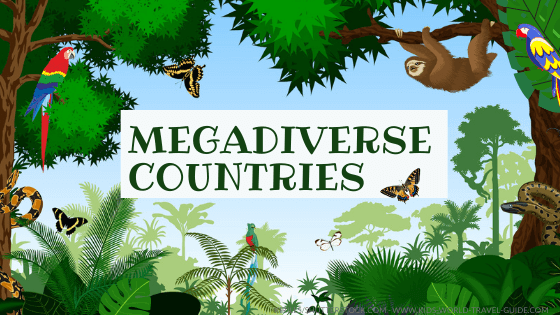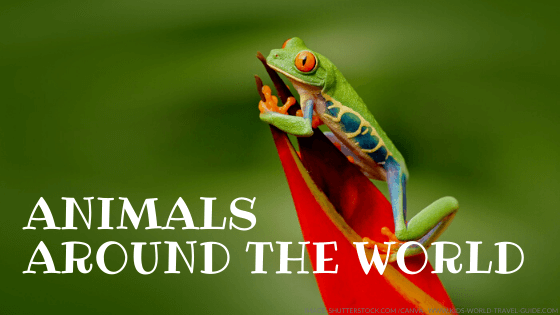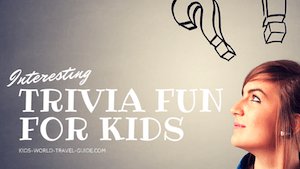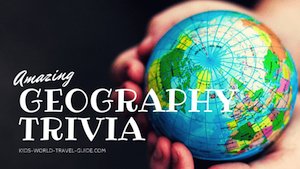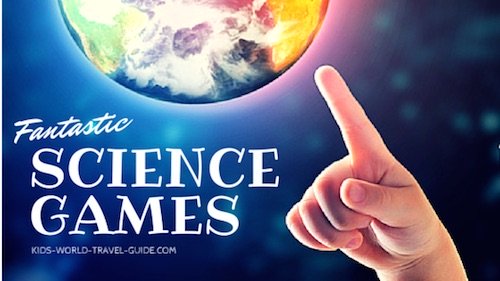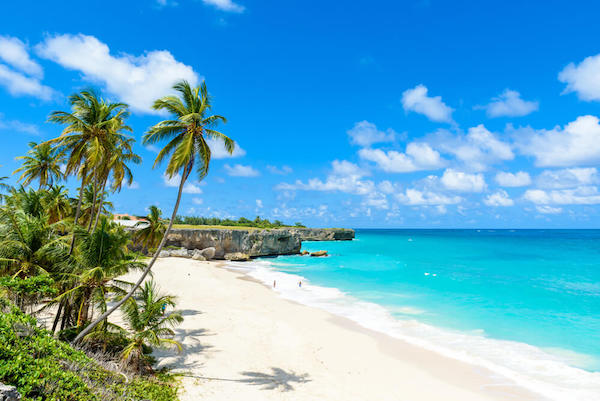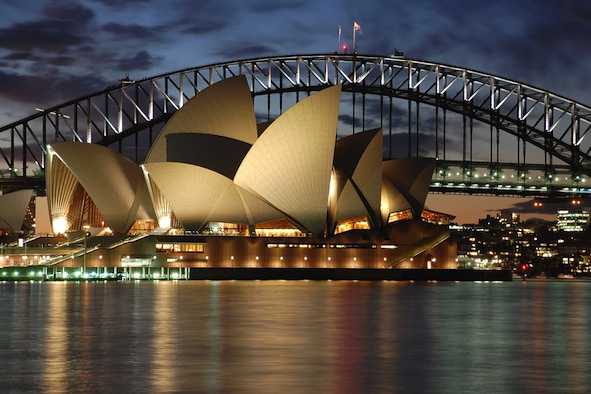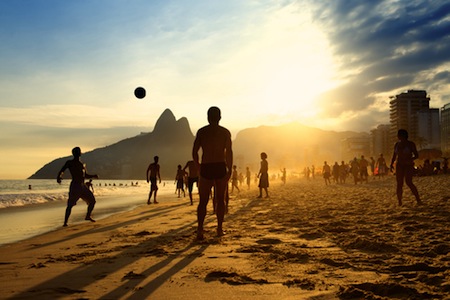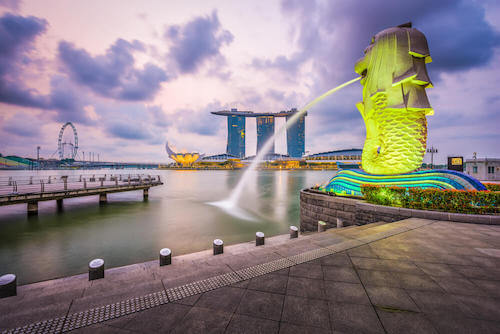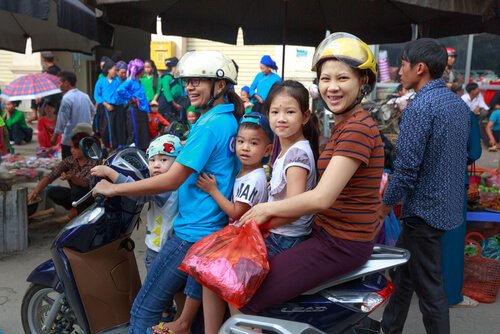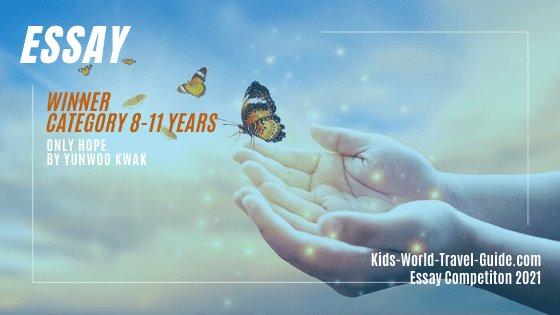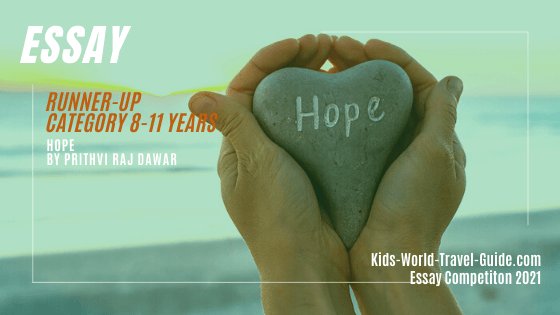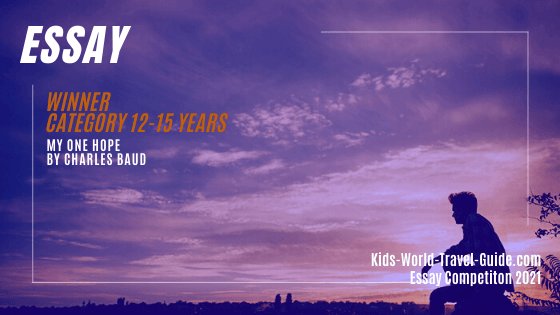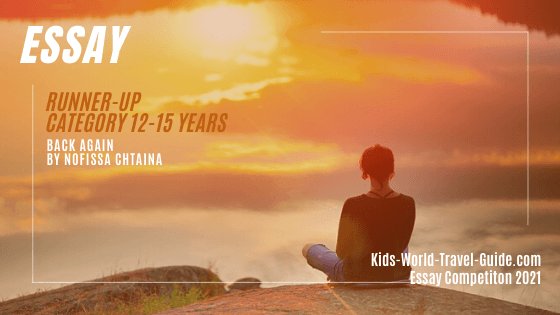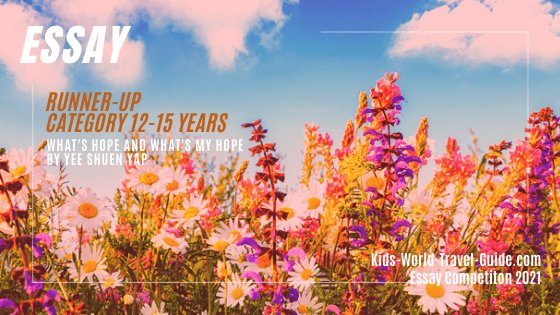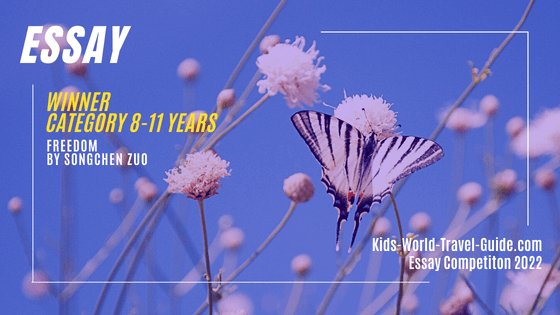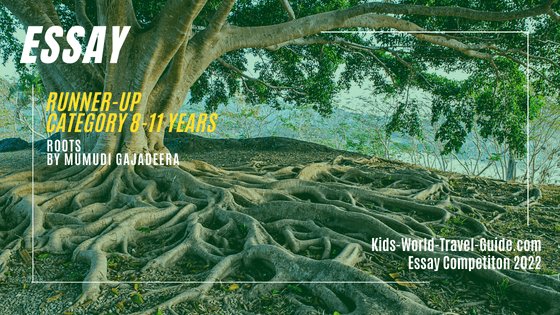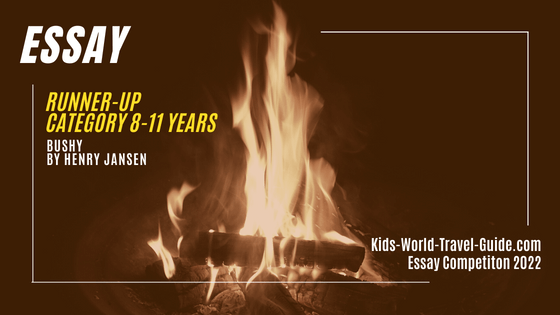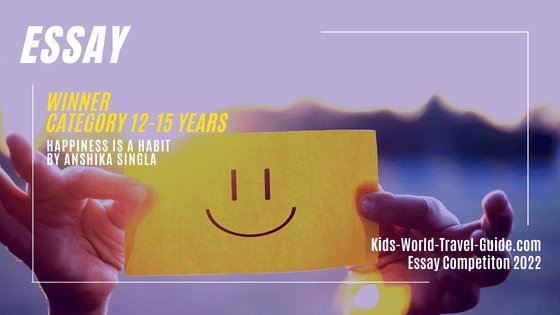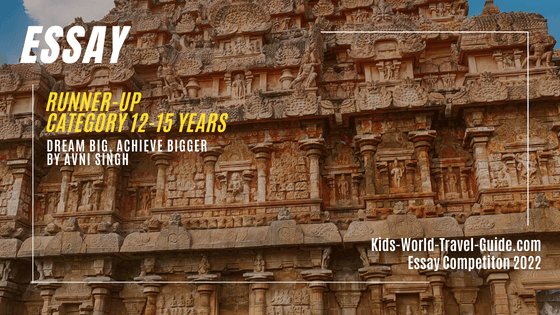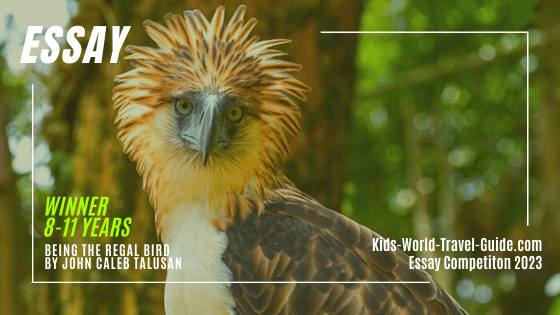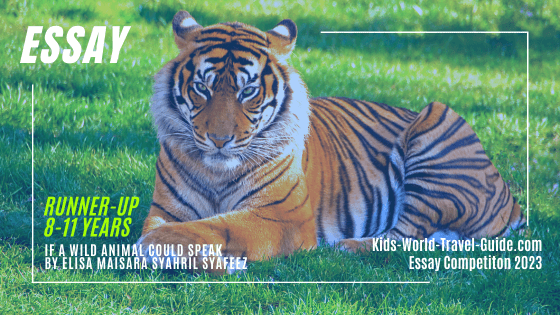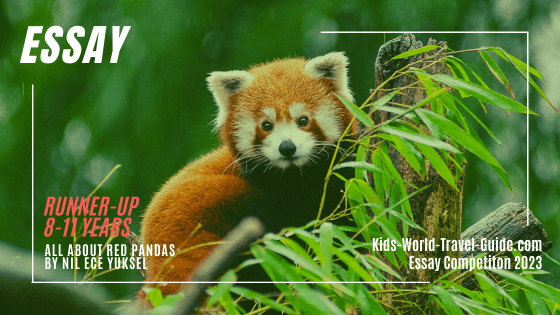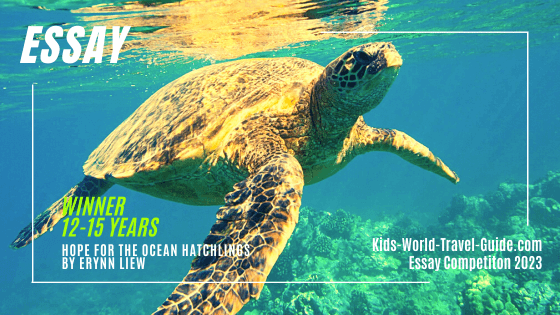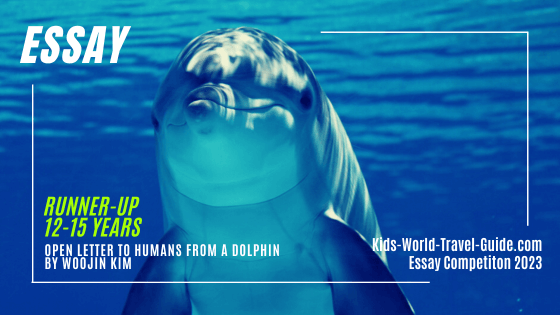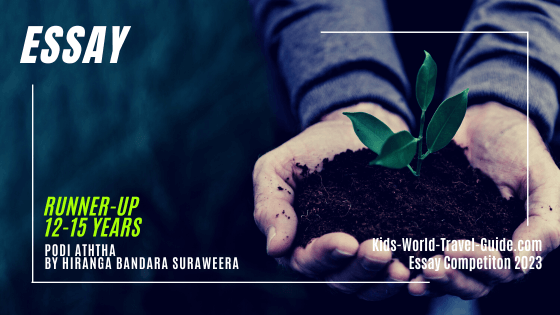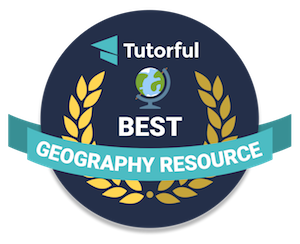Estonia Facts for Kids
Interesting Facts for Kids
Here are some interesting Estonia Facts for kids which were chosen by and researched for children.
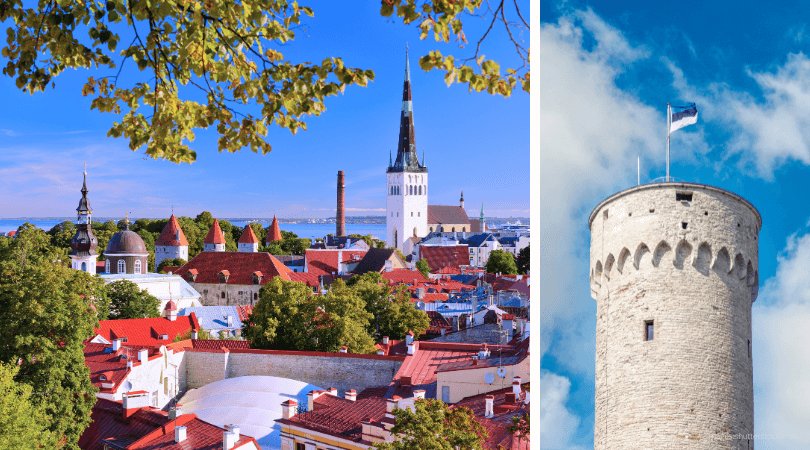 Estonia Facts for Kids: Tallinn, Tall Hermann Tower
Estonia Facts for Kids: Tallinn, Tall Hermann Tower- Continent: Europe
- Population: 1.4 million people live in Estonia (2024)
- Capital: Tallinn with 600,000 inhabitants
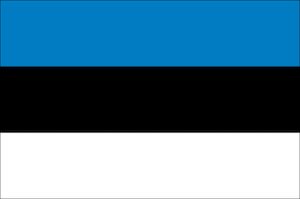 Flag of Estonia
Flag of Estonia- Name: Eesti Vabariik, Republic of Estonia
- Government: parliamentary republic
- Official language: Estonian
- Literacy: 99.9% can read and write
- Religion: 30% Christians, 58% Estonians claim to have no religious belief.
- Currency: 1 euro = 100 cents
- National Symbols: wolf (national animal), blue, black and white (national colours), blue cornflower (national flower)
- Prime minister: Kristen Michal (since July 2024)
- President: Alar Karis (since 2021)
- History: The first hunter-gatherer people in the region were Baltic tribes who lived here already in 9,000 BCE. In Estonia were the last pagan tribes that adopted Christian beliefs. The region was ruled by Teutonic tribes, Denmark, Sweden and Russia for many centuries. In 1918, after the first World War, Estonia proclaimed independence. During the second World War, the country was occupied by Russia and Germany and in 1944 annexed to the USSR. Estonia reclaimed independence from Russia in 1991. Since 2011, Estonia is a member country of the EU.
- National Day: 24 February (Independence Day)
Estonia Geography
Where is Estonia?
Estonia lies in Northern Europe and is one of the Baltic States. Estonia is the northernmost, the smallest and the least populous of the three Baltic States.
Estonia borders the Baltic Sea of the North Atlantic Ocean and borders two countries: Latvia to the South and Russia to the East.
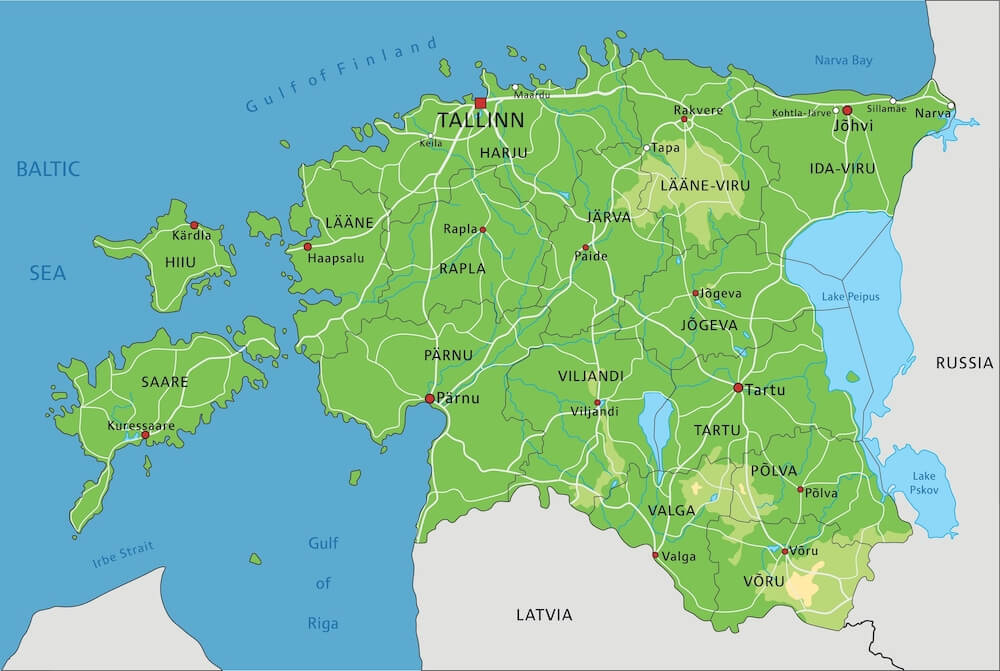 Physical map of Estonia
Physical map of EstoniaEstonia has a 3,800 km/ 2,360 miles long coastline along the Baltic Sea, most of the coastline borders the Gulf of Finland and a smaller part borders the Gulf of Riga.
Most of the eastern border with Russia is formed by the natural border of the River Narva and Lake Peipus. The river Narva runs along the northern border of Estonia and Russia. The city Narva in northeastern Estonia is the third largest town of the country and lies at the border to Russia.
Estonia is known for its unique peat bog landscape. The peat layer is about 5-7 metres/ 16-21 ft thick and started forming after the last ice age when mosses took over the lakes of shallow meltwater. Estonia's oldest bogs are 10,000 years old!
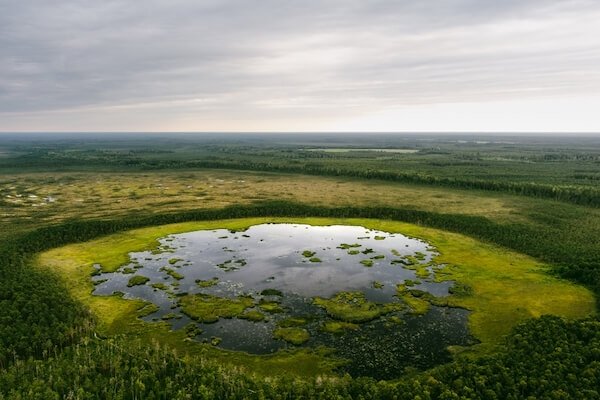 Estonia Seli bog
Estonia Seli bogAbout 7% of the land in Estonia is covered with these mossy bogs and this very old organic landscape is unique in the world.
The country is flat and less than 10% of the country are at an elevation of more than 100 m/ 328 ft. Estonia has some low rolling hills in southern Estonia. Over 50% of the country is covered by forests.
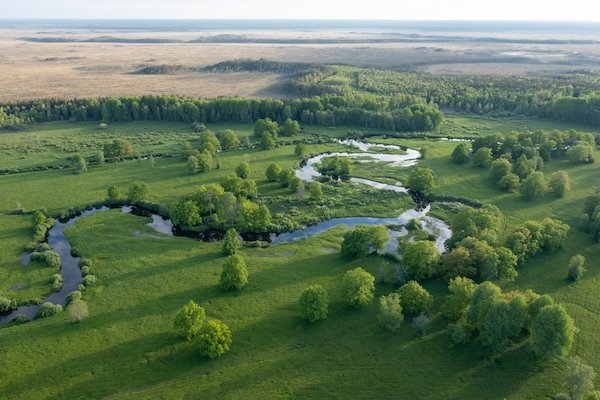
Estonia is about the same size in land area as Denmark or about twice the size of the state of New Jersey/ USA.
Facts about Estonia for Kids
Estonia Geo Superlatives
Here are some interesting facts about Estonia's geography:
- The largest city of Estonia is Tallinn, the country's capital city.
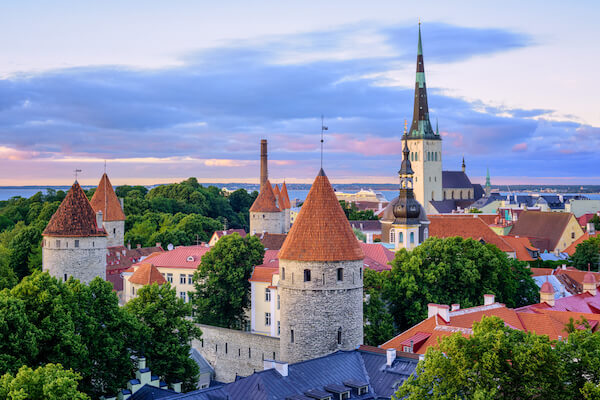 Walled city of Tallinn
Walled city of Tallinn- Estonia's highest point is Suur Munamägi with 318 m/ 1,043 ft. The summit is in southeastern Estonia.
- Estonia's longest river entirely in the country is the Emajõgi River. It runs through the country for about 100 km/ 62 miles and flows into Lake Peipus. There are about 7,000 rivers in Estonia, however, only 1% are longer than 50 km!
- The largest peat bog is in Soomaa National Park which is known for its pristine bog landscapes and unique "fifth season" of flooding.
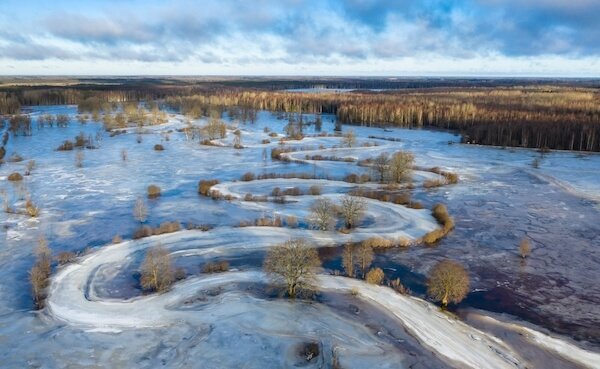 Soomaa National Park with frozen floodplains
Soomaa National Park with frozen floodplains- The largest lake in Estonia is Lake Peipus. This is also the fourth largest lake in Europe and forms part of the border between Estonia and Russia.
- Laheema National Park outside Tallinn is the largest national park of the country.
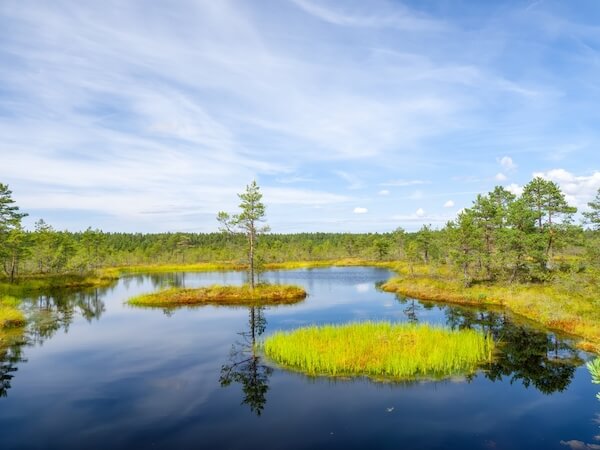 Laheema National Park
Laheema National Park- The largest island of the Baltic States is Saaremaa off the Estonian coastline. Estonia has 2,317 islands in the Baltic Sea.
Estonia Facts | Animals in Estonia
Wildlife in Estonia includes brown bears, lynx, mooses and grey wolves. The grey wolf is the national animal of Estonia. The country also chooses an animal of the year, in 2024, Estonians choose the Eurasian otter as animal of the year.
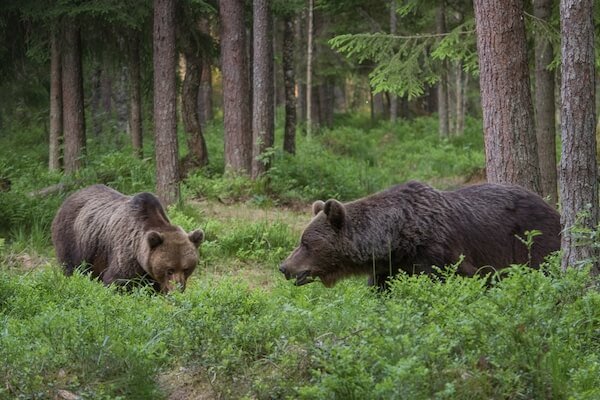 Two bears foraging in forest
Two bears foraging in forestAlutaguse National Park is known for its large brown bear population and population for bear-watching activities! And even more special is this national park as it is home to the only flying squirrel species in Europe.
Grey seals as well as ringed seals and an abundance of sea birds can be found in the waters of the Baltic Sea. Seal-watching trips are very popular here!
Estonia Facts | Attractions and Landmarks in Estonia
Estonia has many fascinating landmarks and attractions for the whole family to explore. Famous sights and landmarks in Estonia include:
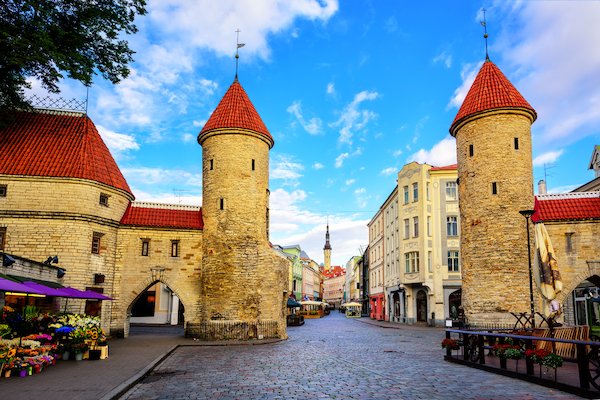 Viru Gate in Tallinn - historical landmark
Viru Gate in Tallinn - historical landmark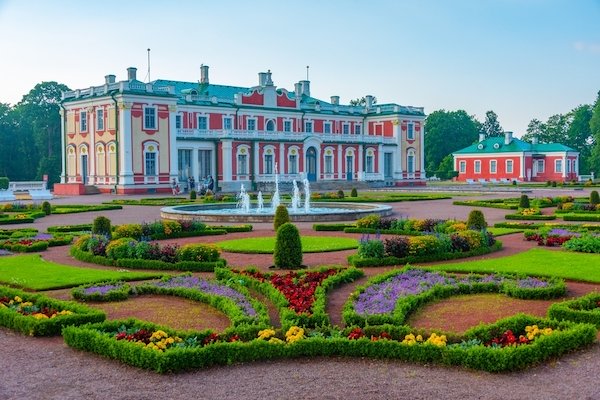 Kadriorg Palace - once summer residence of Russian tsar Peter the Great
Kadriorg Palace - once summer residence of Russian tsar Peter the Great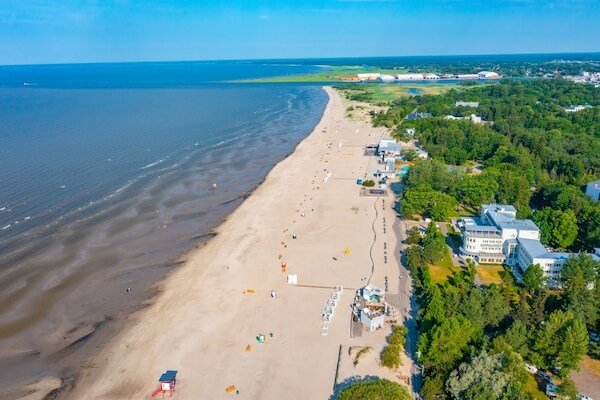 Pärnu's long and sandy beach
Pärnu's long and sandy beach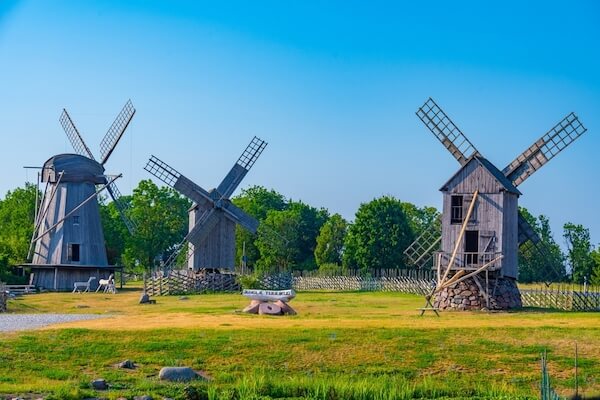 Windmills on Saaremaa island
Windmills on Saaremaa island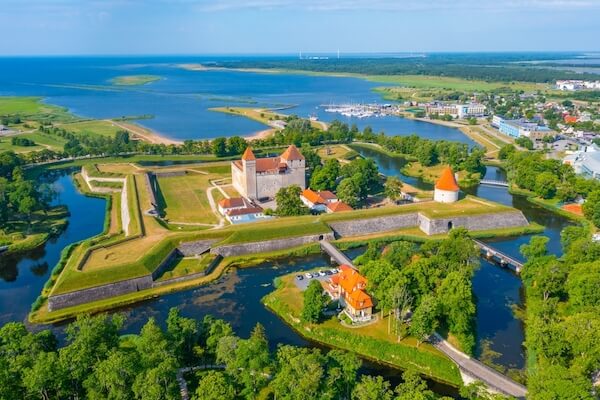 Kuressaare Episcopal Castle and Fortress built in the 14th century
Kuressaare Episcopal Castle and Fortress built in the 14th century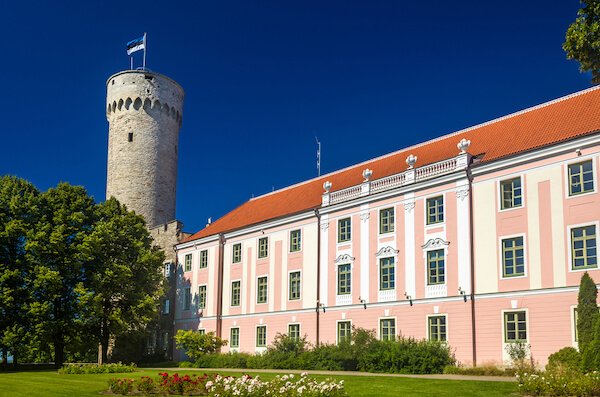 Tall Hermann Tower and Toompea Castle which houses the Parliament of Estonia
Tall Hermann Tower and Toompea Castle which houses the Parliament of Estonia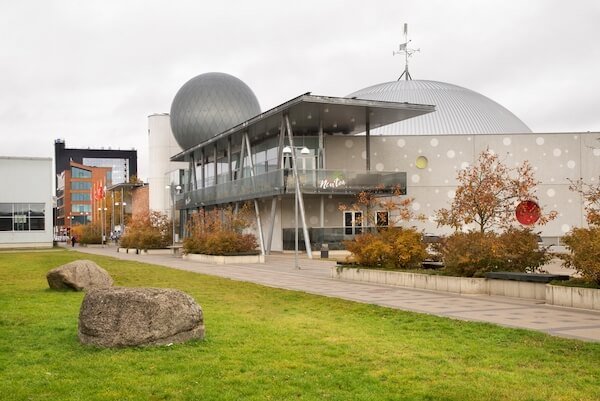 Science Museum in Tartu - image by Shevchenko Andrey
Science Museum in Tartu - image by Shevchenko AndreyThere are two UNESCO World Heritage Sites: Tallinn's walled city and old town centre as well as their Struve Geodetic Arc. Tartu was once the home town of famous scientist and geographer Friedrich Georg Wilhelm von Struve.
Estonia Facts for Kids
Estonian People
The three largest cities in Estonia are the capital city Tallinn, Tartu and Narva. Tartu is the "European Capital of Culture" in 2024.
Estonian culture is a mix of medieval traditions and modern style combined with high tech. The Nordic culture mixes here with Baltic customs as they say. Estonia is known for the Dance and Song Festival which is celebrated every five years in Tallinn, already since the 19th century. Some of Estonia's ancient folksongs are on the UNESCO Intangible Cultural Heritage list. The next Estonian Dance and Song Festival takes place in 2025. Read more here.
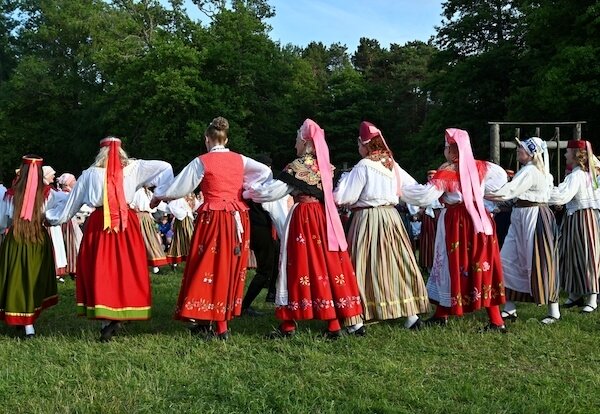 Estonian folklore dancers - image by Ilja Reiman/ shutterstock.com
Estonian folklore dancers - image by Ilja Reiman/ shutterstock.comKalevipoeg is Estonia's national story which is about a young man who becomes King of Estonia after many battles.
Most Estonians say they don't follow any religion and are atheist. About one fifth of the Estonians are Christians. The largest fellowship has the Eastern Orthodox Church (16%).
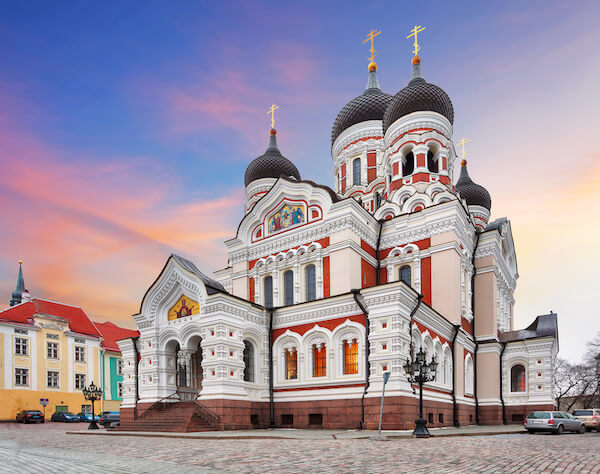 Alexander Nevsky Orthodox Cathedral in Tallinn
Alexander Nevsky Orthodox Cathedral in TallinnThe official language is Estonian. Estonian is one of the Finnic languages and close to Finnish.
Most of the people in Estonia also speak either Russian or English, or both. For almost one third of the population Russian is the home language and most of the Russian speakers live close to the Russian border. For a long time Russia was taught also in schools in Estonia. Only from the 2024/25 school year onwards, Russian teaching in primary school is phased out and teaching will only be in Estonian.
The University of Tartu is the oldest university in the Baltics. The main building is in Classicist style and dates back to 1804.
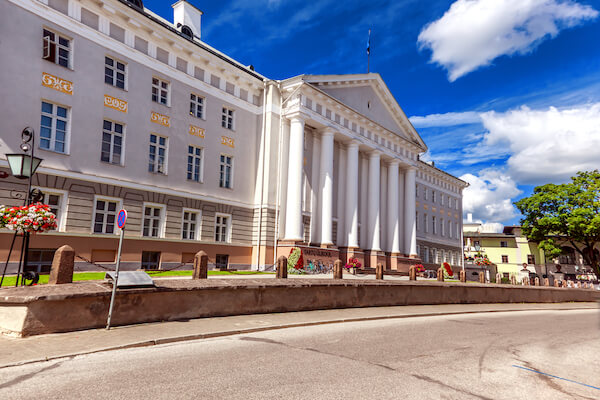 University of Tartu
University of TartuBasketball, soccer and ice hockey are the most popular sports in Estonia. An new sport that has been "invented" by the Estonians is called "Kiiking" or extreme swinging! The sport uses huge swings with long metal arms.
Estonia has a many century old sauna tradition just like many of the Nordic countries. However, here the smoke sauna is a very special ritual that has its roots in Southern Estonia. In a smoke sauna the people wear only felt hats.
Estonia Facts
Estonia Economy
The economy of Estonia is advanced and focuses on digital technology, services, electronics and telecommunication.
Estonia's capital city Tallinn hosts both the cybersecurity centre of NATO (CCDEOE) and the IT agency of the European Union (eu-LISA).
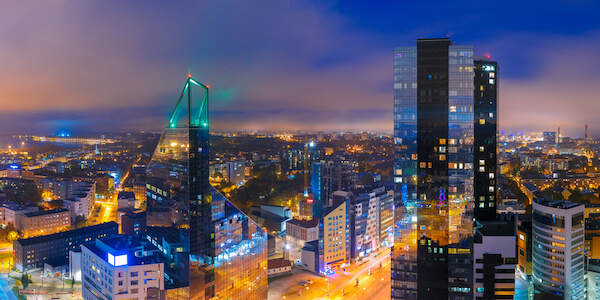 Tallinn's modern financial district and business centre
Tallinn's modern financial district and business centreTallinn is known as a tech hub in Europe and Estonia is praised for implementing solutions for the population to access government services online. 99% off all government services in Estonia can be accessed via the internet!
Almost all people access their banking online (99%) and also submit their annual tax returns (95%) online. Estonia has a flat income tax rate of 20%.
Did you know that many big digital service platforms were founded in Estonia? Wise (Online Banking platform for accounts in multiple currencies), Skype (videoconferencing platform) Uber-competitor Bolt (car sharing, taxi services, electric scooter rentals) all have been founded and are based in Tallinn.
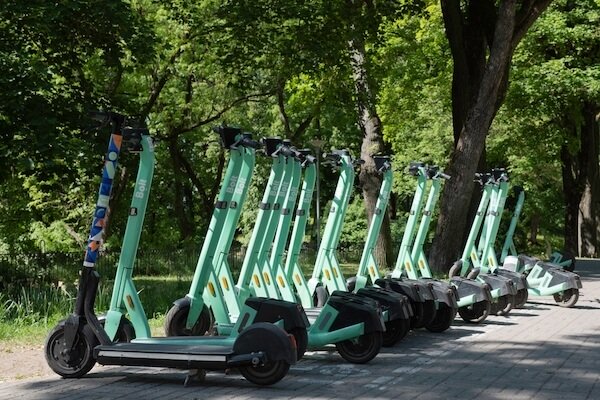 E-scooters in Tallinn - image by Henk Vrieselaar
E-scooters in Tallinn - image by Henk VrieselaarEstonia is a member of the European Union since 2011. The currency is the euro. Before 2011 the national currency was the kroon.
The unemployment rate is relatively low. About 6% of the Estonian people are registered as seeking employment. Most people work in the services sector.
The main export and import partners of Estonia are Finland, Lithuania, Latvia, Sweden and Germany. The main exports are wood, electricity, broadcasting equipment and refined petroleum.
Estonia Facts for Kids
Food in Estonia
The main dishes in Estonia often contain potatoes, fish and seafood, such as herring and sprats, pork meat or sausages, carrots, onions and beet roots. Rye flour and dark bread is usually served with meals or even enjoyed as snack. Dairy products such as yoghurt, sour cream and kefir are also very common.
Here is some other typical Estonian food:
- Kiluvõileib: this open faced sandwich made with dark bread and topped with onion rings and marinated sprat fillets is often said to be the national dish of Estonia.
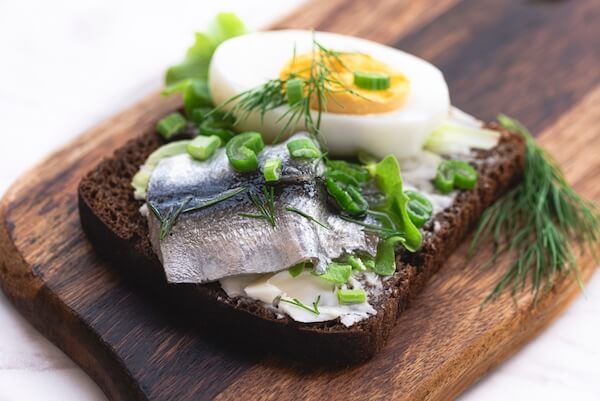 Kiluvõileib - Estonian sandwich
Kiluvõileib - Estonian sandwich- Leib or Rukkileib is the typical dark bread eaten with most meals in Estonia. The bread is made with rye flour and baked with a thin crispy crust.
- Verivorst: Dark blood sausage eaten mainly in winter
- Rosolje is a salad dish made with potatoes, beets, onions and herring. This salad is traditionally eaten at Christmas, but a family favourite also throughout the year.
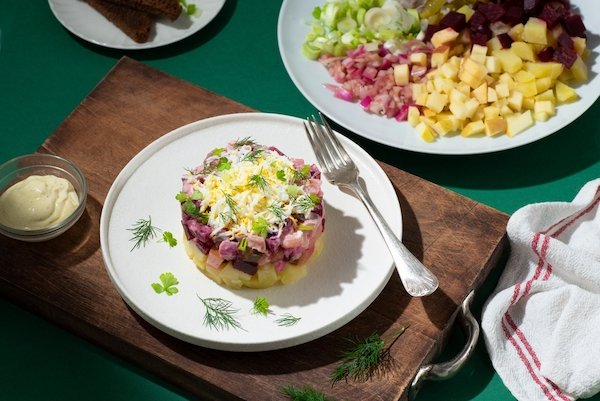 Rosolje
Rosolje- Eesti kartulisalat: This is the typical Estonian potato salad which is made with boiled potatoes, onions or shallots, carrots, sour cream, dill and often includes hard boiled eggs.
- Kringle: Sweet yeasty bread formed as a braided ring usually made with cinnamon or cardamon spice.
Learn more about the Baltic States
Resources for Estonia Facts for Kids
These are useful resources for Estonia Facts for Kids:
- Central Intelligence Agency. "Estonia" World Fact Book. Updated 7 August 2024. Last accessed 3 September 2024
- Estonia Tourism. "Visiting Estonian bogs: A complete guide for a tourist." VisitEstonia. Last updated 15 July 2024. Last accessed 3 September 2024
- EKiikL. "Kiiking History." EestiKiikingüliit. Last accessed 3 September 2024
- Republic of Estonia. "Amazing Facts about Estonia". Estoniae-residency. Last updated 29 August 2024. Last accessed 3 September 2024
Popular Pages
Learn more about the Nordic Countries
Images on Estonia Facts for Kids: shutterstock, sxc.hu, wikicommons and own images
Return from Estonia Facts to KidsWorldTravelGuide Homepage
***
More about Countries in Europe
Temperature in Celsius
TALLINN WEATHERTemperature in Fahrenheit
TALLINN WEATHERLike us
Like what you read?
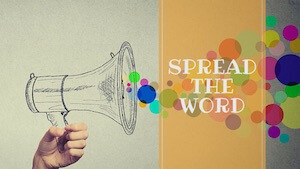
|
Would you like a link to share the information with your friends, fans and readers? Simply use the html code below. Copy and paste onto your website, blog or Facebook page: <a href="https://www.kids-world-travel-guide.com/estonia-facts-for-kids.html">Kids World Travel Guide: Estonia Facts for Kids</a> Thank You for spreading the word:-) |
